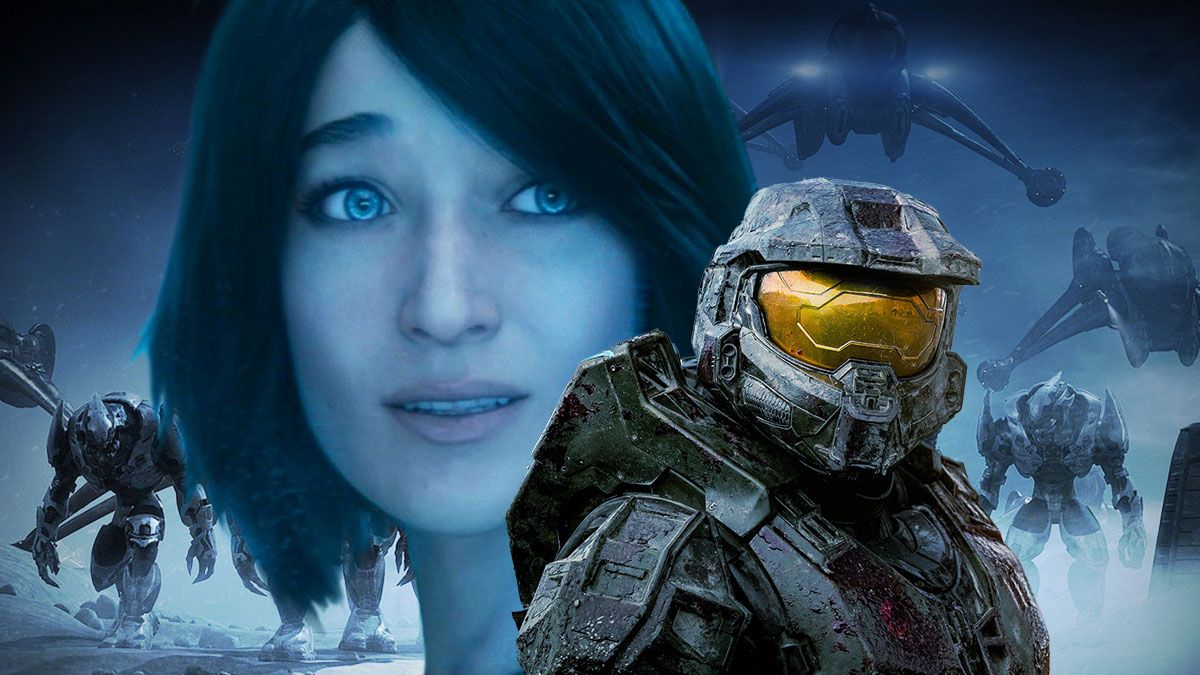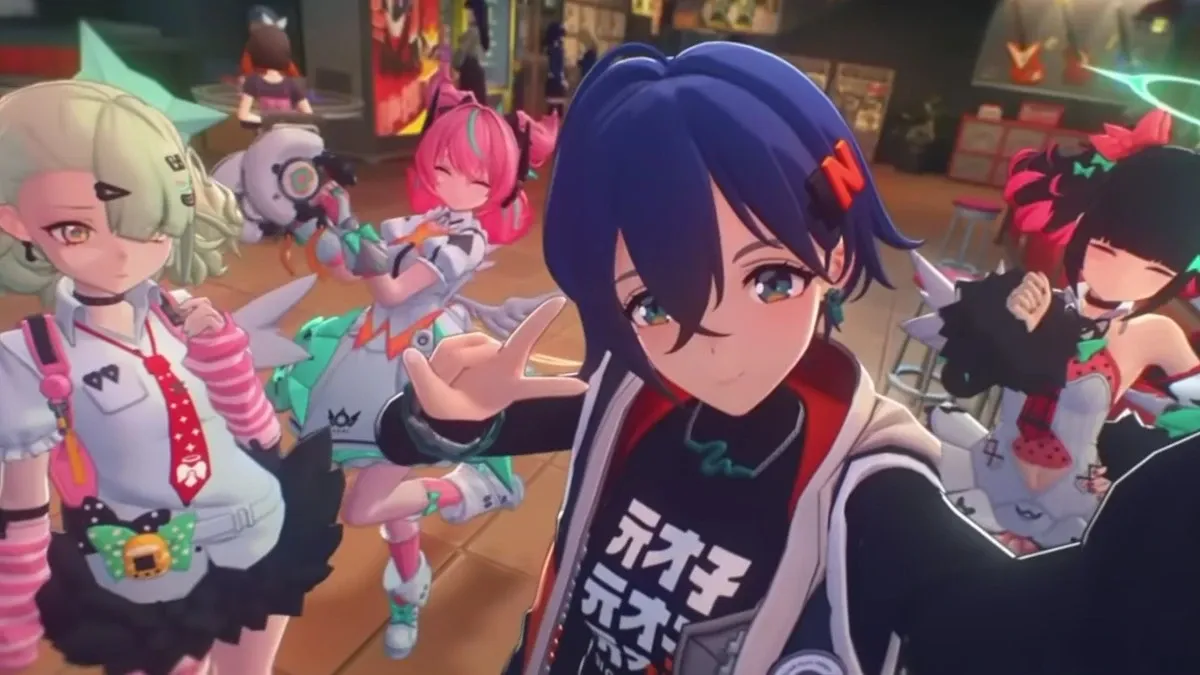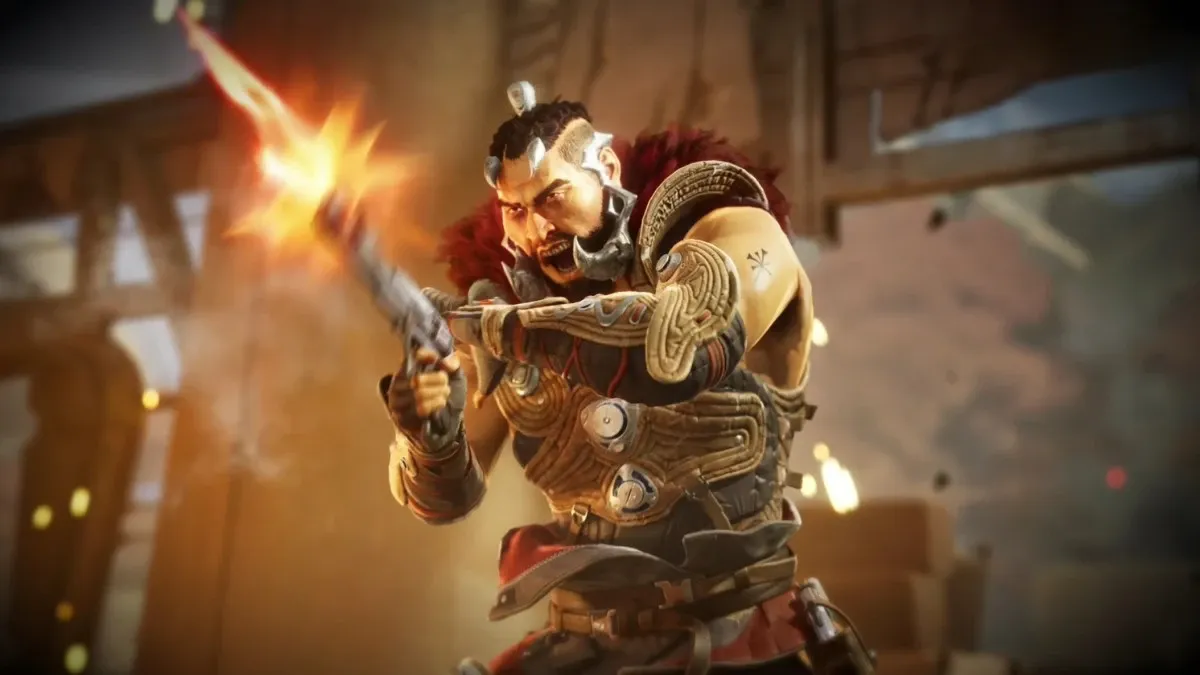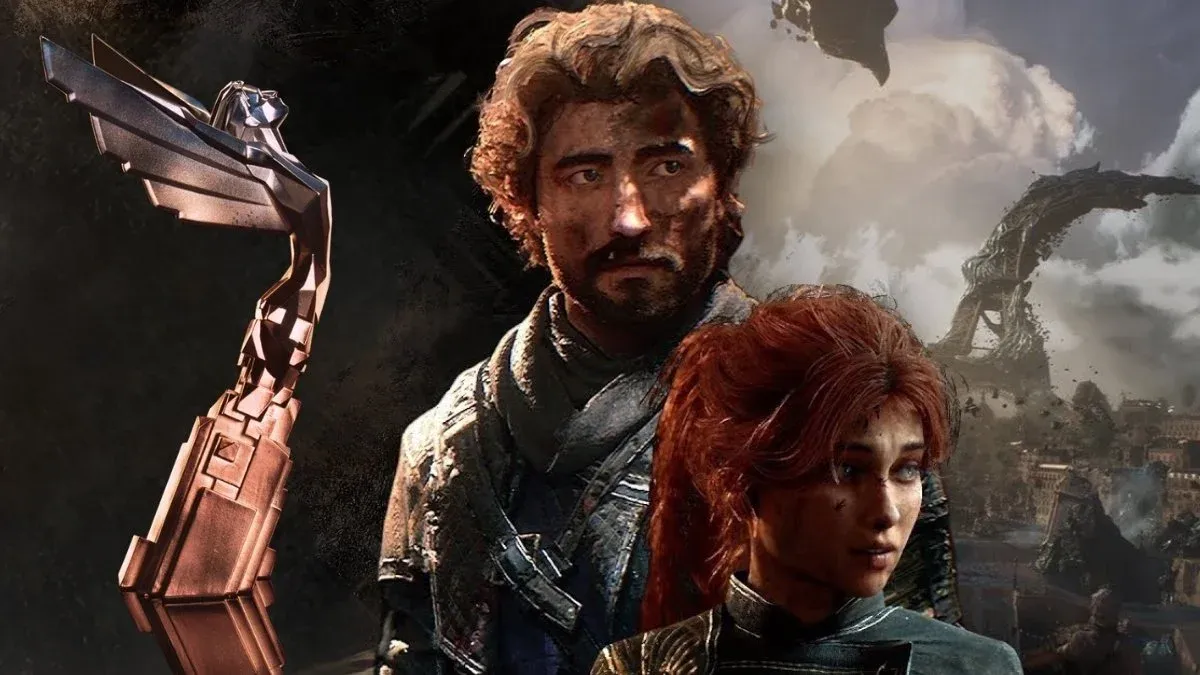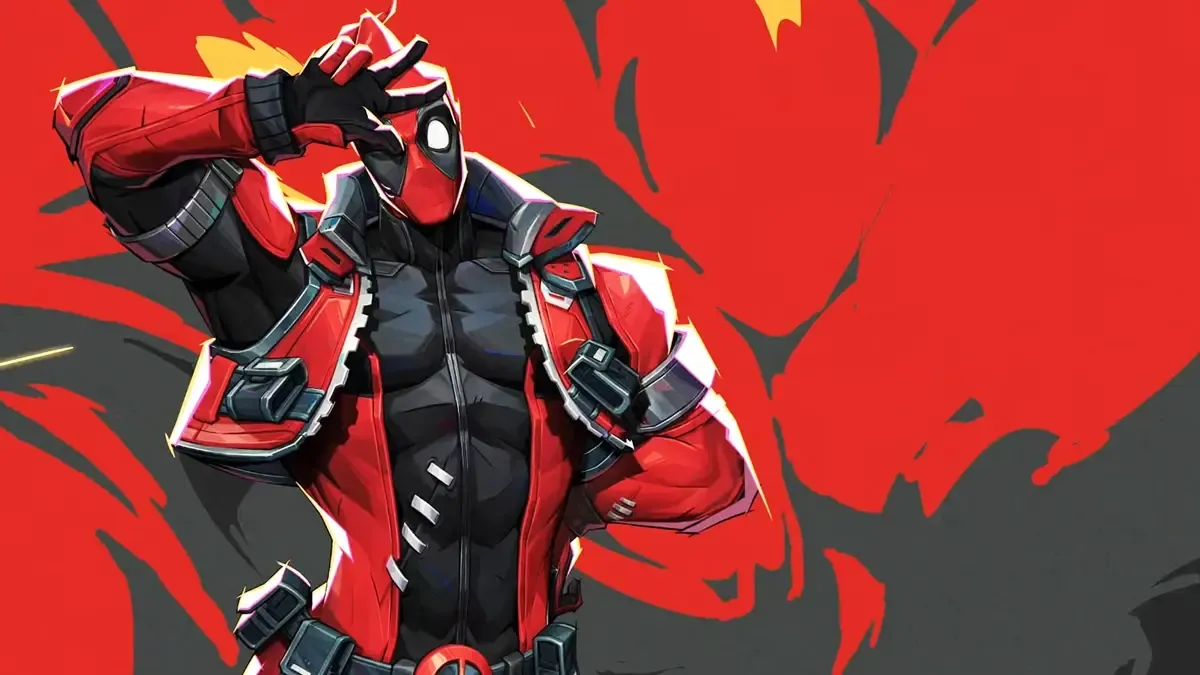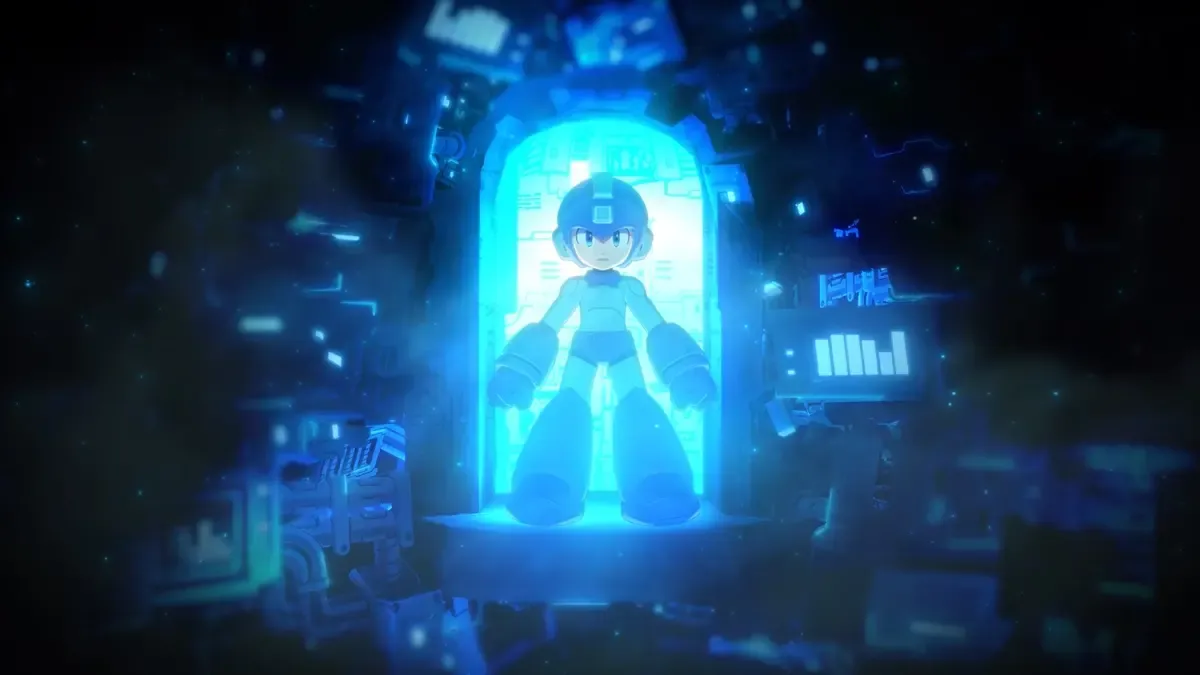Image: Paramount+
Paramount’s Halo series had a pretty awful first season, but there is hope for Season 2.
Paramount+’s TV series adaptation of Halo finished airing its first season recently, and we have… thoughts. When the series was first announced, its creators confirmed that they shied away from the games and instead referred to the world surrounding them for inspiration. “We didn’t talk about the game. We talked about the characters and the world,” said Season 1’s showrunner Steven Kane, who has since left the series and been replaced by a different showrunner for Season 2.
Unfortunately, that shows. Instead of staying true to Master Chief’s galaxy-spanning adventures in the Halo franchise, Paramount’s series draws from established worlds, races and political arenas to tell a very different story - one that doesn’t hinge on Master Chief saving the world, but strips away his Mjolnir armour to drill into the individual underneath instead. Humanity is at the forefront of the Halo series and while deviating from source material hasn’t killed game adaptations in the past (see: Castlevania), changes should have been made in the pursuit of a story just as good as the games'. That is not the case with Paramount’s Halo.
John had a rough childhood

The first and most major change the Halo series implements is putting Master Chief front and center, allowing the Spartan supersoldier to act not just as a hero trying to combat galaxy-wide threats, but a human struggling with mysterious ties to an enemy he’s been trained from childhood to destroy. While Master Chief has mostly remained a faceless figure with the simple goal of shooting things and saving people, it’s unfair to say that his characterisation ends there in the games.
In Halo Infinite particularly, we see a weary Spartan supersoldier stripped of his allies and resources with every reason to simply let humanity come to an end. Obviously, he doesn’t do that, and that’s part of his appeal. Master Chief really is just a simple soldier driven by his mission; not out of loyalty to the UNSC but because his mission usually leads to lives saved more than they are lost. Many times over the course of Halo Infinite’s campaign, we see a weary Master Chief admit that he has faults, that his companions have faults, that his plan is riddled with holes and perhaps his mission might end in doom. Even if he’s alone however, as long as he’s alive, there’s always a chance.

Master Chief in the games and Master Chief in the series are two very different creatures, the series counterpart being the far less interesting of the two. This is in spite of Halo’s furtive attempts to get us to invest in Master Chief not as a faceless soldier, but as a gloomy human used and abused by someone he used to trust: Dr. Halsey. Oh, the woe we feel for John-117 when we learn that his military overlords kidnapped him as a child. Oh, the sympathy we feel as John and his singular braincell use this information to make a series of incredibly stupid decisions - including falling in love with an enemy spy he has known for all of a week - making him a very frustrating protagonist to follow on a story already told so listlessly.
Master Chief taking his helmet off constantly in the series has become the subject of intense hatred among fans of the game, but it's clear this decision was purposeful and intended to separate this version of the character from the one everyone loves. Consider this a success then; we now have a Master Chief we like, and another that we barely tolerate. If Master Chief exhibited any signs of a personality beyond his constant state of insipidity, perhaps I would have liked to see more of him instead of less. As it stands, the main character of Halo is not someone I want to learn more about despite all attempts made to assure the fact. I only want to pass the lad either the Snickers bar or cup of coffee that might turn his grumpy frown upside down.
Where is this show going?
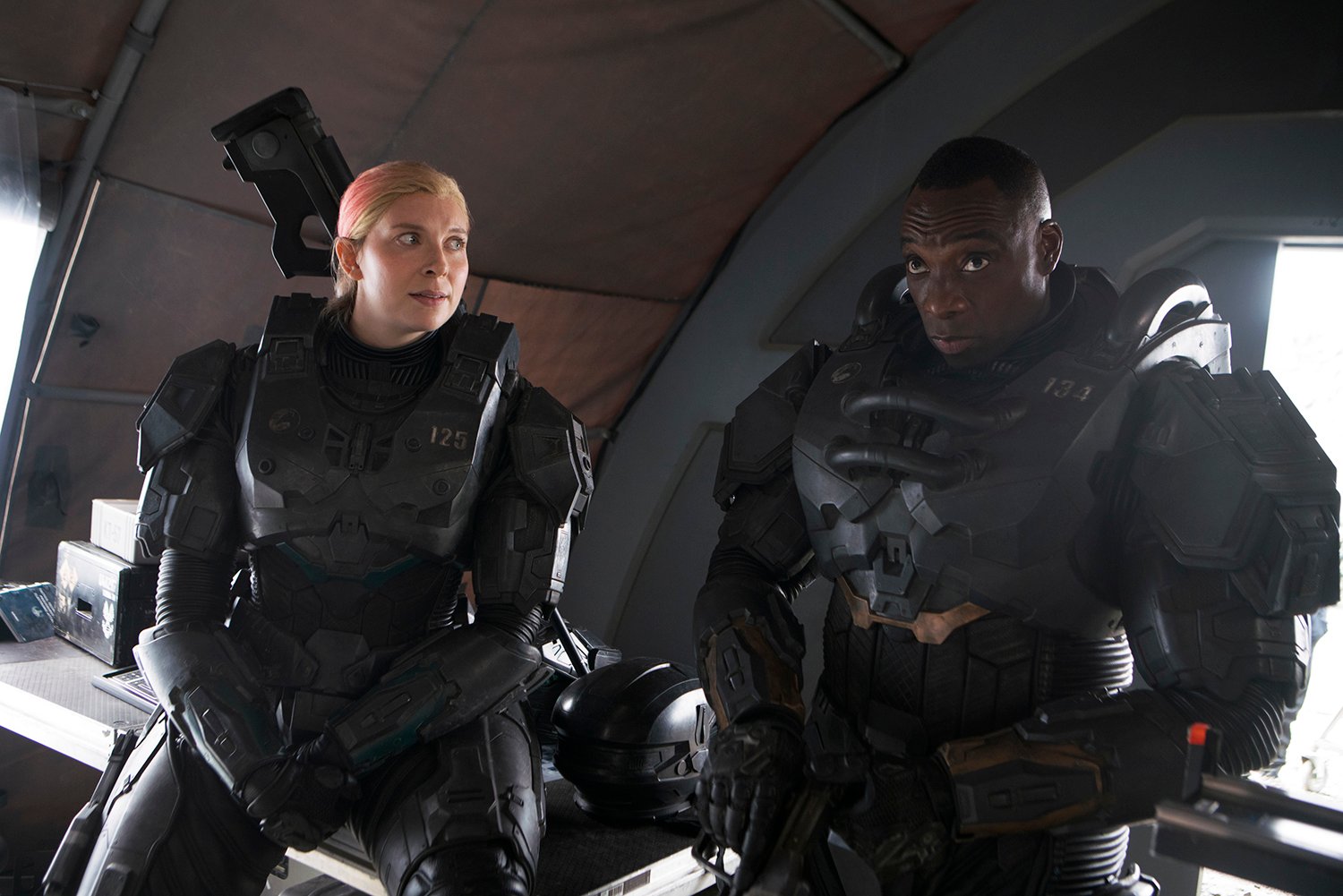
\While Halo drops the ball on Master Chief, it does offer a remarkably interesting cast of side characters that actually kept me coming back week-after-week, if only to see where their journeys would take them. John-117 isn’t the only Spartan in the UNSC - his squad also consists of Riz, Vannak and Kai, three superhuman soldiers just like him. Together, the four make up Silver Team, the UNSC’s go-to - and seemingly only - squad of Spartans dispatched on high-risk missions, whether it be cleaning up combat zones or investigating Covenant activity.
While John spends most of the first season separate from Silver Team as he undoes decades of UNSC programming, Kai ends up removing an inhibitor chip that seems to Vulcanise Spartans by stifling emotions in favour of service, after seeing John do it too. Where John’s journey to self-discovery leads to angst and misery, Kai’s instead leads to a sense of freedom. Suddenly, Kai wants to do things she never wanted to do before, like dyeing her hair pink. She wants to befriend the people she works with, like the scientist Miranda Keyes. She cracks jokes and flies into battle impulsively, much to the chagrin of her still-unemotional teammates.
Kai is one of the few ways Halo actually manages to deliver a solid twist on the source material. When the spotlight isn’t on Master Chief but his fellow Spartans instead, it’s fun to watch their camaraderie unfold. It’s enlightening to see how fiercely loyal they stay to one another despite UNSC protocol - with the exception of the almighty command of Dr. Halsey. Dr. Halsey is also fascinating to watch, a mad scientist with scalpel in hand, and John-117 on the table below as her Frankenstein. As the season rolls on, she becomes more and more of an antagonist, a role that suits her much better than the actual antagonists of this season and their flimsy motivations.
And the rest of it
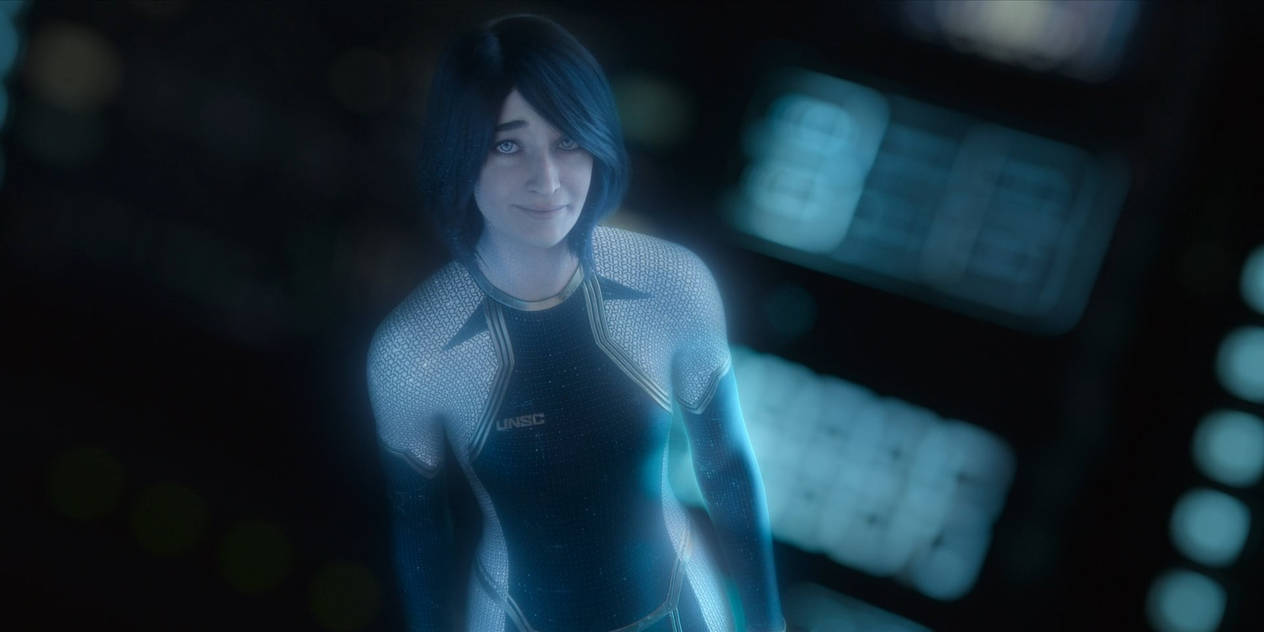
If Master Chief is the show’s biggest blunder and Kai its greatest strength, then all that’s left to dissect is the leftover abundance of mediocrity between the two. Kwan Ha, a teenager Master Chief picks up from the wartorn planet Madrigal, serves the sole purpose of playing audience surrogate for the pilot, after which her storyline continues with the duo separated. What could’ve been a chance to flesh out the rest of the galaxy quickly becomes an exercise in frustration as we watch Kwan Ha’s efforts to free her planet culminate in the show’s worst episode by far, ‘Inheritance’. In it, the series pivots from the main plot surrounding Chief and the enigmatic Covenant artifacts for a quick escapade in Madrigal that amounts to nothing less than miserable viewing.
This season’s plotting is a messy thing to follow from episode to episode. The existence of the Halo ring is revealed early on, but what it is exactly, and why the Covenant is tearing worlds apart to find it remains a mystery. Instead of chasing the ring, the UNSC spends an entire season looking for artifacts like an interstellar, far less competent version of the Goonies. We’re frequently told that humanity is fighting tooth and nail against the Covenant, but that war is practically invisible this season. We get three battles between the two factions in total scattered across the series, and the rest of the time the UNSC seems content to float about in space.
Despite all these issues, I have hope for Halo’s future. The season finale seems to set up an origin story for Atriox - the villain of Halo Infinite - and the creation of the Banished faction in Season 2. Maybe that’s what Season 2 needs: a good villain. What we had in Season 1 was the Covenant waging war against humanity mostly offscreen, and a trite enemies-to-lovers twist that had the Covenant’s Makee cosy up to John. Season 2 can do better. The series also did well fleshing out some of the UNSC - mainly the Spartans, Miranda Keyes and Dr. Halsey, but there’s room for these characters to evolve in Season 2 as they search for the ring.
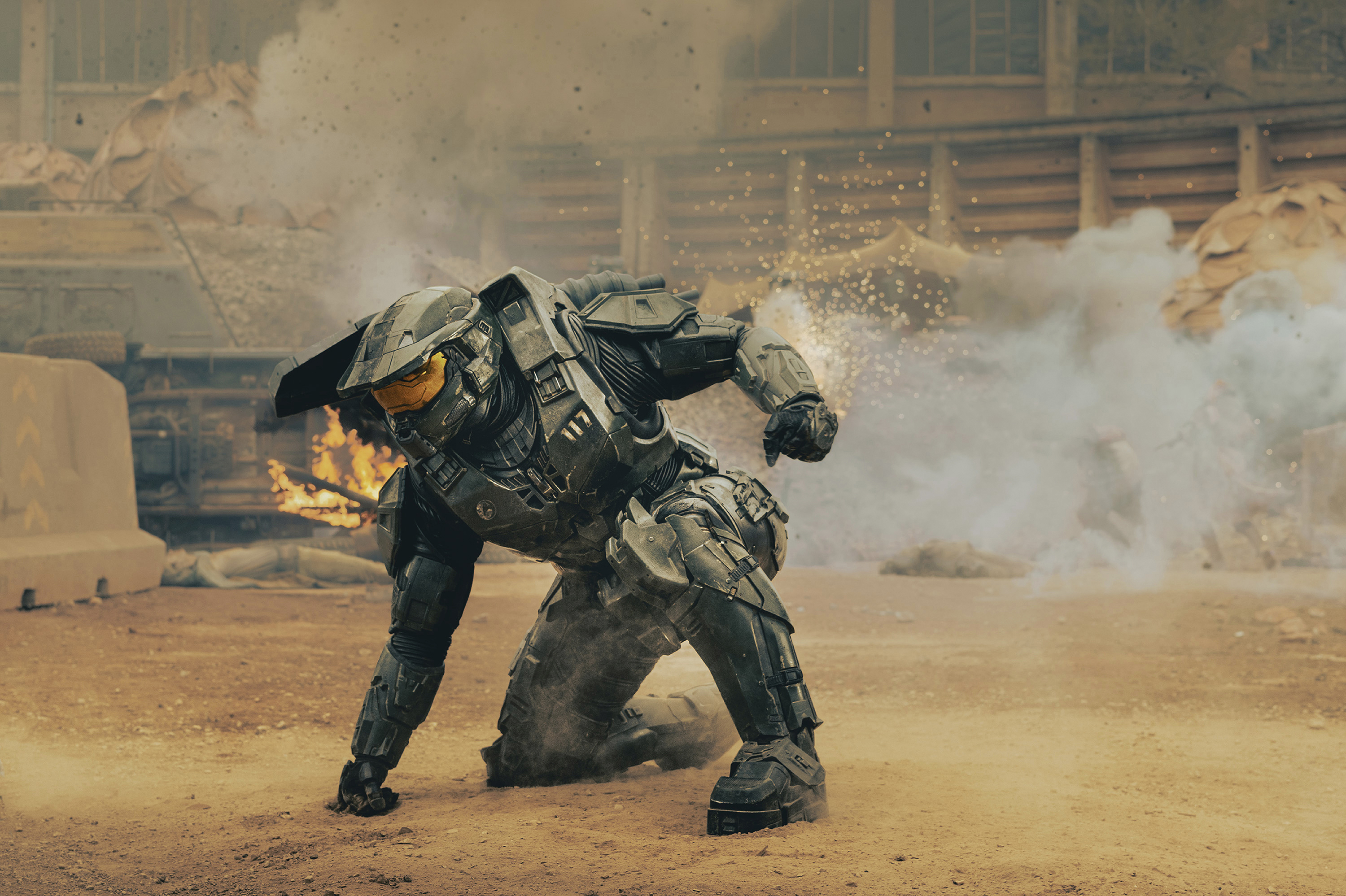
The best thing Halo can do next season is steer itself a little closer to the games. Small easter eggs and references are appreciated - like seeing those little Grunts get their butts handed to them constantly, or hearing the Halo theme play out in the finale - but angsty Master Chief just isn’t working, and neither is the Madrigal plot. Naming a city in planet Reach ‘Reach City’ is hilariously inexcusable when places like New Alexandria already exist. If the show was just a little less stubborn about placing its own footprint in Halo lore and instead celebrated the wealth of content available to draw from, this series might elicit joy from its built-in fanbase rather than disgust.
Halo is competing with far better sci-fi on television. One needs only go as far as Star Trek: Strange New Worlds on the same streaming service to find a much better show shrugging off the burden of fan expectations and delivering on its fun-filled premise. Unlike Strange New Worlds, Halo isn’t scared of the larger universe it takes place in. Unlike Strange New Worlds, Halo tells its story in the confused, aimless manner of a child reciting a joke they heard at school, only the joke is out of order now, and there are parts of it they don't remember, and the punchline doesn't make sense anymore.
This show needs direction, and it needs to stop moving at a crawl - and more than anything, it needs to finally be about the thing it’s named after.

